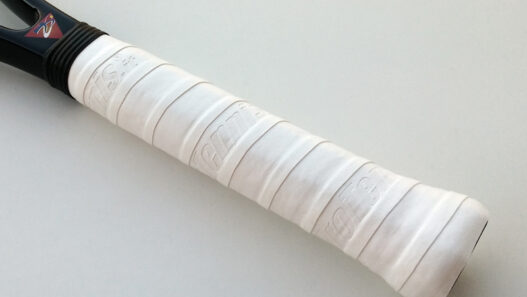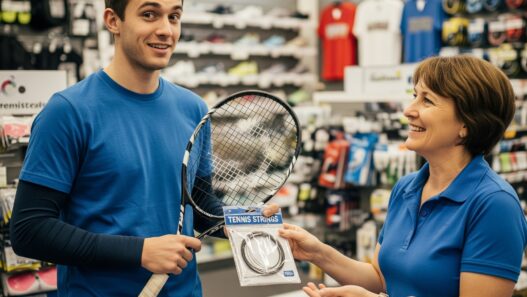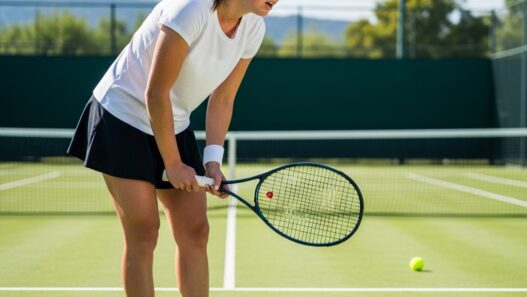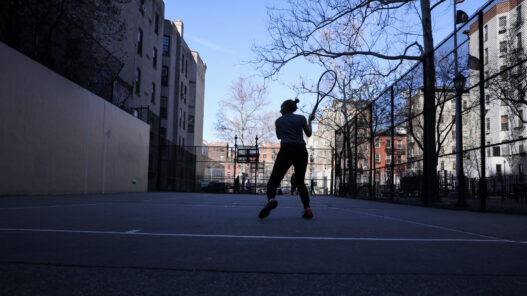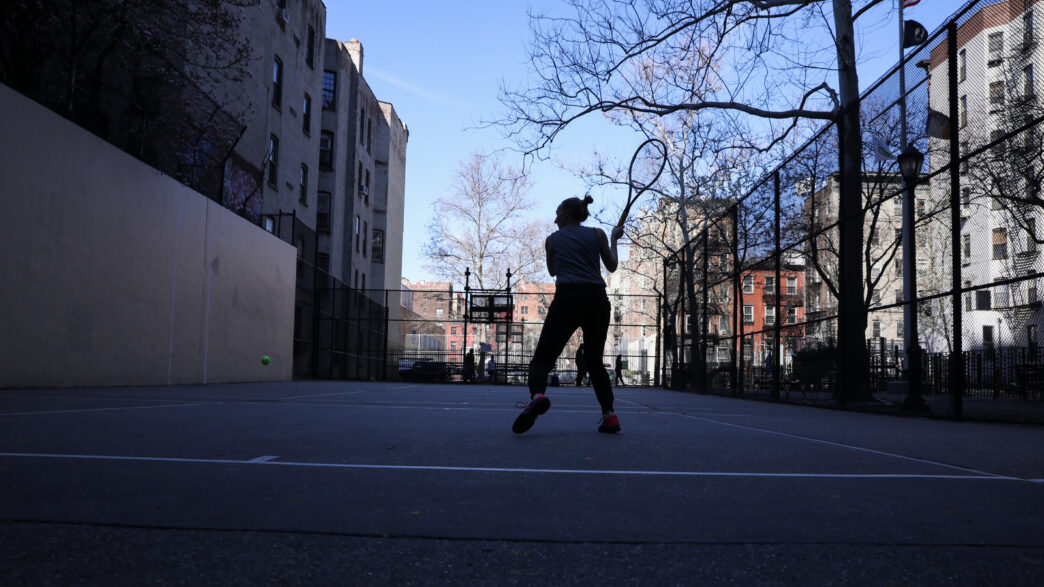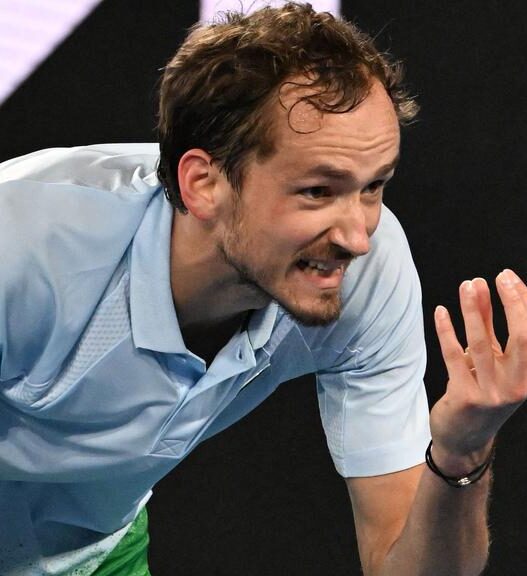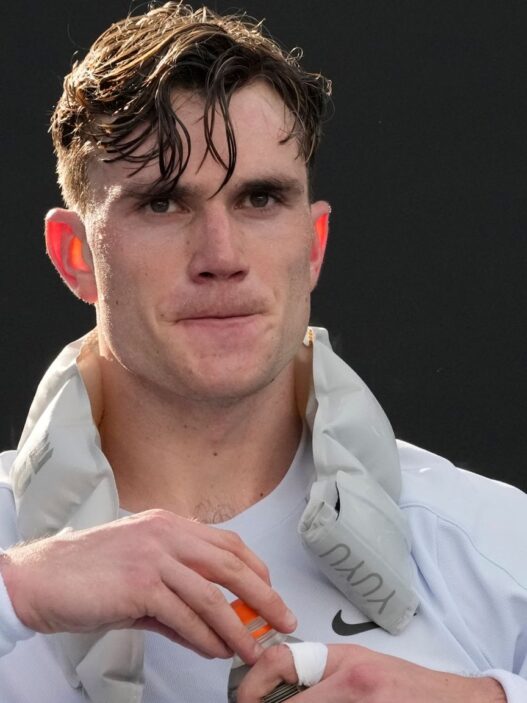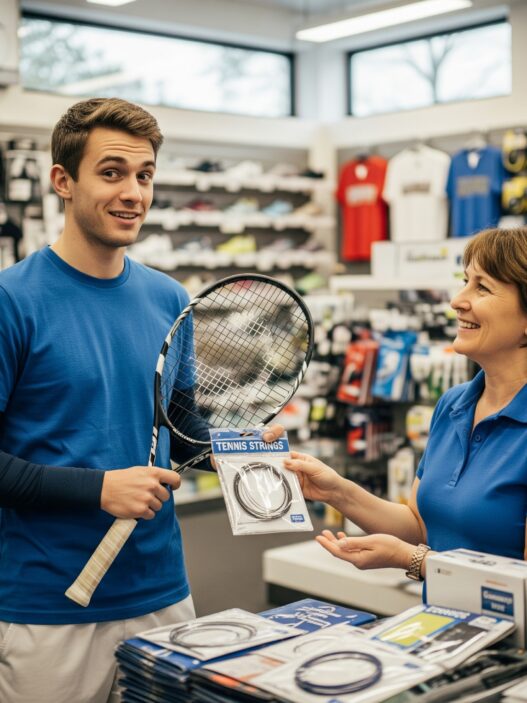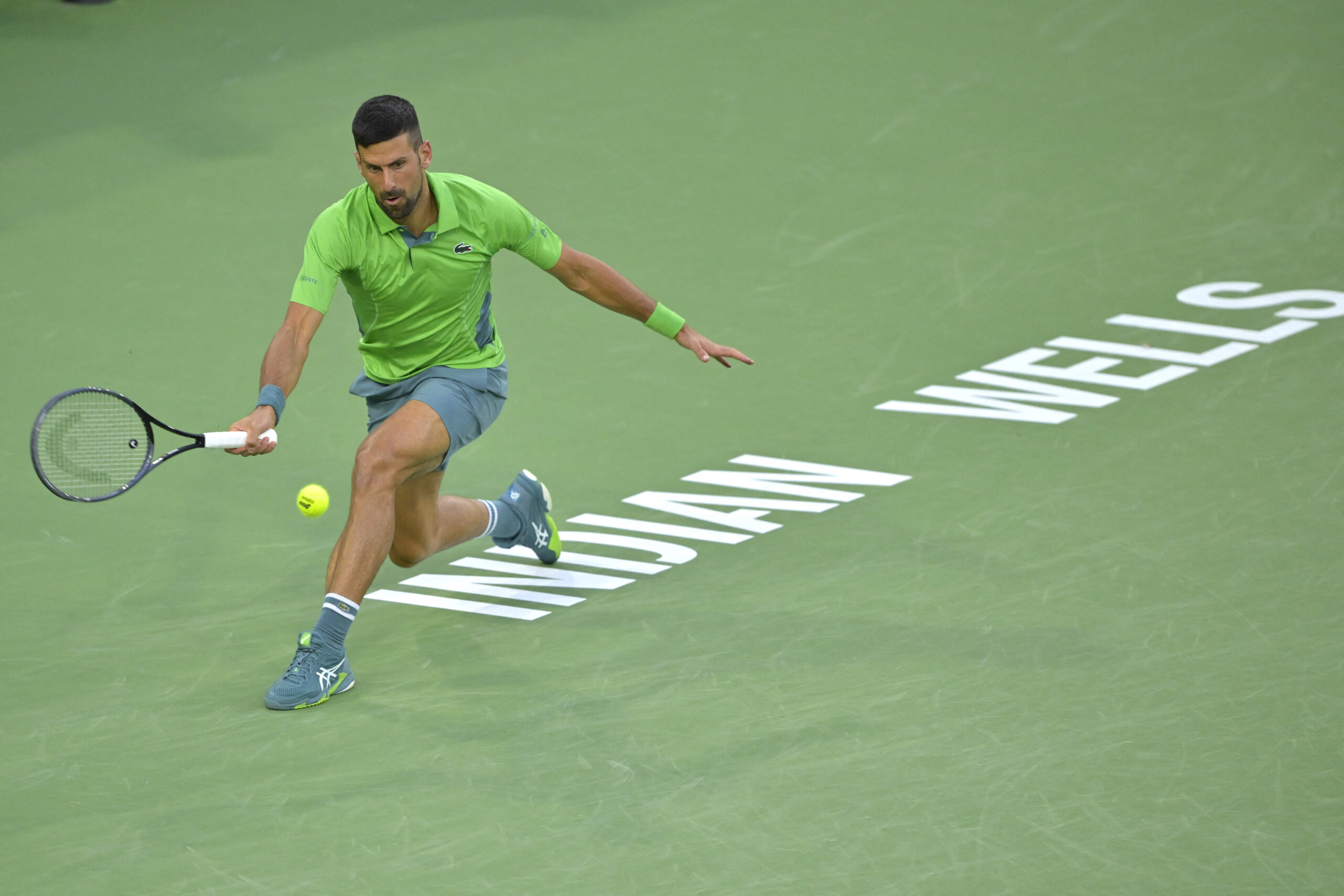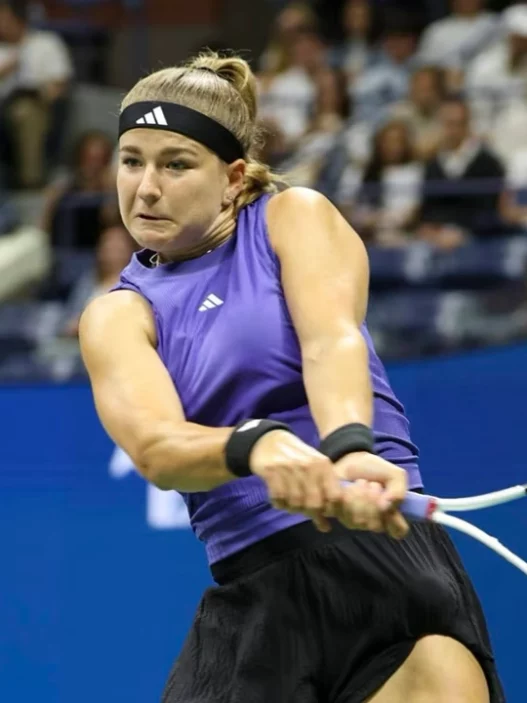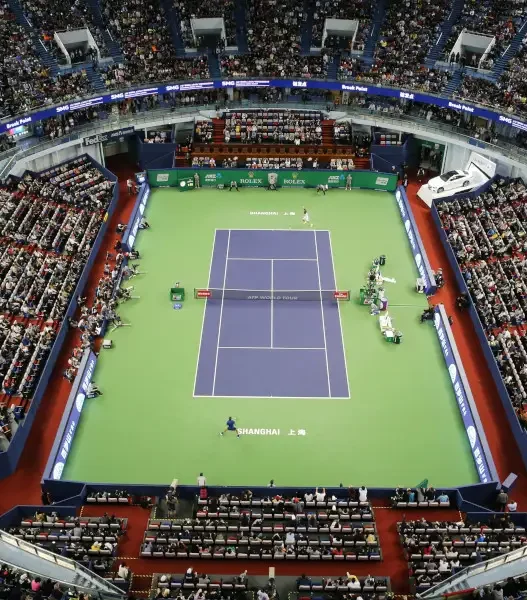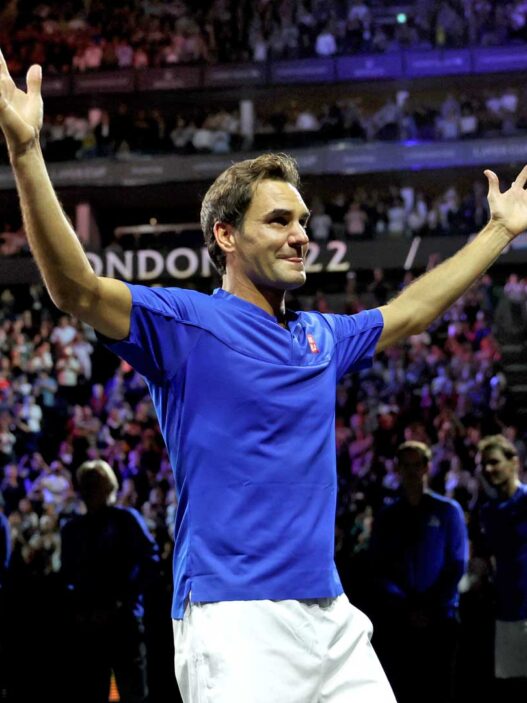On a humid Saturday in late June, somewhere between the cracked asphalt and graffiti-scrawled walls of a public court in East Brooklyn, an eleven-year-old boy adjusted his elbow sleeve, dribbled a borrowed Yonex racket, and served out wide. His form felt improvised, half instinct, half mimicry of something he’d seen on YouTube. He wore oversized basketball shorts, a faded Djokovic tee, and scuffed sneakers that were probably meant for running. But when his serve landed just inside the line, you didn’t notice the outfit. You noticed the sound, that clean sting of felt on stringbed, and the way his friend on the sideline muttered a low “damn” under his breath. It was the kind of moment that makes a stranger pause.
Three courts down, another kid trained through a Bluetooth speaker. His coach was watching from Nigeria—he’d rigged a webcam to a fence post, and the feed streamed to a private WhatsApp group where his uncles could also weigh in. His footwork wasn’t textbook, but his intensity was dialed in. He was wearing a Rafa shirt two sizes too small, and his grunts echoed like he’d already imagined himself at Roland Garros.
This is tennis now. Not champagne flutes in shaded pavilions, but chain-link fences and hard courts worn down by a thousand winters. Not whispers from box seats, but hip-hop on a cracked speaker and sneakers squeaking on weather-bleached cement. It’s not that the old tennis is gone. The country clubs, the tournaments named after bankers, the grass courts framed by rose hedges—they still exist. But a new tennis has emerged, and it’s louder, hungrier, and not asking for permission.
The cliché of tennis as a sport for the elite dies hard. It’s baked into the architecture: the membership-only courts, the dress codes, the four-figure coaching fees. But the reality has started to fracture. You only need to scroll through TikTok or Instagram to see the shape of the shift. A teenager in São Paulo shadow-swings in a parking lot. A father in Chicago streams his daughter’s practice to a handful of online fans. Kids in Marseille break down Iga Swiatek’s split step frame by frame in the school library. Coaching once cost thousands. Now it costs curiosity and a Wi-Fi connection.
One coach I spoke to in Philadelphia said he no longer teaches technique first. “They’ve already watched fifteen hours of it online before they even show up,” he said. “My job is just to clean it up.” A sports-tech researcher from Boston told me that tennis knowledge is now fluid. It spreads through WhatsApp groups, Reddit threads, and private Discord servers. Young players trade footage, tips, and gear hacks like currency.
But technology is only half the story. The other half is hunger.
Andre, twenty-three, started a Sunday league in a parking lot in Atlanta. He and his friends used string and traffic cones to mark out the court. At first it was just three guys hitting balls. Then someone brought music. Then someone brought their little brother. Now there are twenty people most weekends, competing in single-elimination draws and recording their matches for social media. They don’t call it tennis practice. They call it “cookouts with serves.” Andre told me, “We play with edge. We play because this game wasn’t meant for us, and we took it anyway.”
Esmé, fourteen, hits against the side wall of her school gym in Montreal every evening. She learned her first backhand from a Naomi Osaka highlight reel and her second from a video labeled “Topspin Tutorial – For Real.” Her racket was a gift from a neighbor. Her strings were patched together with hand-me-downs. “I don’t need a coach,” she told me, “I need a wall and some quiet.”
Rahima, in Marseille, teaches girls in hijabs how to play tennis on an abandoned futsal court. There’s no net, just tape. No stands, but the alley cats cluster to watch. She told me that the point isn’t to produce champions. It’s to give the girls something they don’t have to apologize for. “They say tennis is soft,” she said, “but my girls are hard.”
Tennis, when played like this, becomes a kind of resistance. It sheds the rituals of exclusivity and becomes something raw, responsive, almost tribal. And brands have taken notice. Wilson has dipped into streetwear collaborations. Yonex now sponsors pop-up courts at art fairs. Tennis rackets show up in fashion lookbooks and album covers. And even luxury tennis, once the domain of Wimbledon whites, is being repackaged for a younger, more diverse market.
Still, there are real obstacles. Public courts are overbooked and underfunded. Tournament costs remain prohibitive. Most gear sponsorships still favor private-academy juniors. And while the hunger is everywhere, the infrastructure isn’t. One coach in the Bronx told me he loses half his kids every winter because the city has too few indoor courts they can afford. “These kids will train in blizzards,” he said. “But they need somewhere to train.”
The federations are trying. The USTA, the LTA, even the FFT have launched community initiatives. Some fund portable nets and ball machines. Others subsidize court resurfacing or equipment drives. But the shift is still being led not from the top down, but from the outside in. It’s DIY tennis. It’s self-taught, self-financed, and increasingly self-defined.
And it’s not just the kids. Adults are rediscovering the game through platforms like SwingVision, AI swing analyzers, and YouTube drills. Coaches are building followings on TikTok and monetizing tips in Patreon groups. Clinics pop up in mall parking lots. Tournaments are organized via Telegram. It’s tennis as open-source sport, decoupled from tradition.
On one hand, this transformation could look like dilution. But on the other, it’s renewal. A sport that once relied on exclusivity now depends on expansion. And the new generation isn’t just changing how the game is played—they’re changing what it means to play.
As the boy in Brooklyn packed up his racket, sweat still dripping from his hairline, he tapped a note into his phone. It was something about string tension and wrist angle, a reminder to rewatch that Alcaraz match later. He didn’t look like the next Federer. He looked like the first version of someone entirely new.
And he didn’t learn to hit like that on grass. He learned it on concrete. After dark. Under streetlamps and YouTube playlists and secondhand gear. He learned it because tennis isn’t a country club sport anymore. It’s a sidewalk sport. A rooftop sport. A fight-you-for-that-last-bucket-of-balls sport. It’s edge, hunger, rhythm, and reach. And now that it’s finally escaped the gates, it’s not going back.




